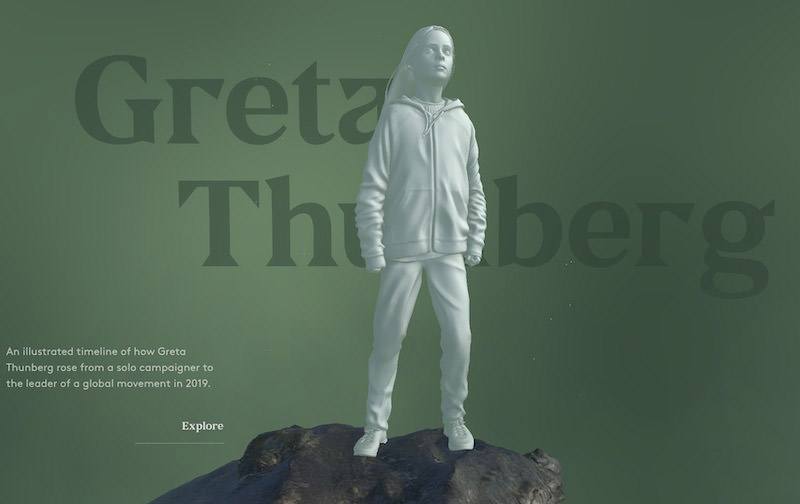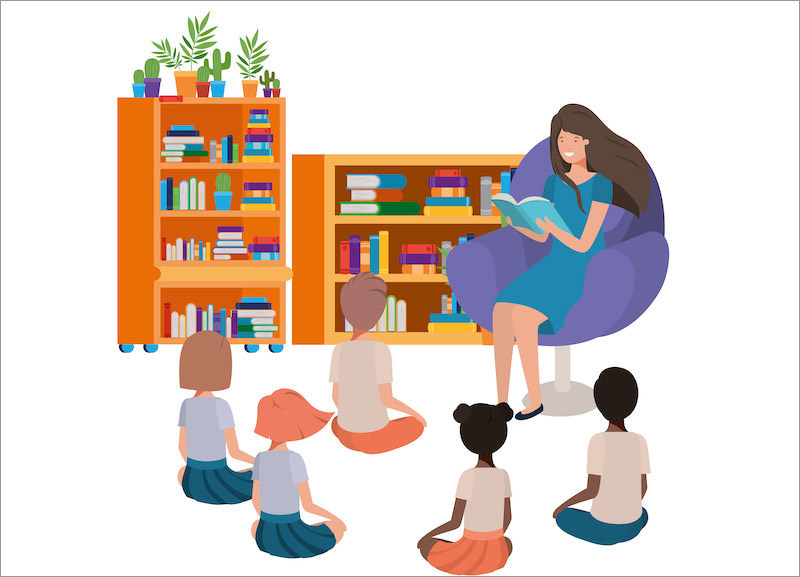How Telling Stories Can Nail You More Clients
Everyone is a storyteller. Stories are how we explore our surroundings and communicate with others, whether it’s to persuade them, inspire them, or entertain them. As designers, storytelling is an integral part of our creative process, because we use stories to connect with our clients, and especially with the users who interact with our designs.
Today, we’re going to go over the process of conjuring positive emotions in your users through the use of storytelling, improving the effectiveness of your designs in the process.
The Basics of Emotional Design
Have you ever thought what makes things 'good' or 'bad'? Why do people like one thing and hate... Read more
What a story is
What do I mean when I say the word “story?” Are we talking about Cinderella or Beauty and the Beast, with a handsome prince and a plucky heroine? No. Well, not usually, anyway. What I mean by storytelling is an event that happens during a user’s experience that creates a positive emotion.
Don Norman in the TED video Three Ways Good Design Makes You Happy gives a delightful example of storytelling in the playful designs of various designers, including an interactive ping pong table, and chairs by Jake Cress that appear to be “reaching” for missing pieces that are “running away” from them. In these designs, you can immediately tell what’s going on — the designer is attempting to communicate with you through the clever anthropomorphism of the products.
Stories keep us human
We digital designers can utilize the same basic principles to tell stories to our audiences. As can be seen in the previous example, it doesn’t take much to generate a story that makes people laugh or inspires them to feel a connection with you, the designer, through your designs. Just a small bit of humanization where there isn’t expected to be any can do the trick.

Otherwise, you can come up with your own simple stories to tell. Because if there’s one thing to keep in mind, it’s that…
Interpretive storytelling
Remember, if the key elements are in place, the stories will tell themselves. You don’t need to explain anything or hold your users’ hands — people are usually smart enough to “get it”. It’s all in the expression of your message. You can create a single word that gets people’s attention in many different ways and make that same message evoke mixed emotions.
An emotional response is not always about clear readability that’s rarely the case. It’s much more about using design elements — color, shape, composition, scale — to communicate whatever emotion will have the most significant impact.
Simple is better
The simpler your story, the more impact it can have on people who only look at it for a few seconds. The power of emotion can turn even the most generic imagery into a powerful storytelling medium. The popular website Reddit uses simple storytelling with its mascot, the little white alien.

Occasionally, the front page of Reddit will feature the alien in intriguing situations, such as (ironically) getting abducted by aliens. Alexis Ohanian, one of the founders of Reddit, has said that this simple use of storytelling on the Reddit front page has garnered the massive website traffic and advertising revenue over the years.
Stories make people happy
You make better decisions when you see good design. Why? Because seeing pretty things make you happier. Good storytelling will be automatically accepted and embraced by your audience. Again, you don’t even have to explain it — if it connects on a visceral level, the story will immediately tell itself. Your users will smile, laugh, and happily follow the calls to action you place before them.

On the flip side, of course, stories can evoke other emotions besides happiness. Pride, sadness, hope, confusion, anger — any feeling can be present in a design. Cultural and historical context is essential as well.
Political advertisements can conjure a drastically different emotion after a significant historical event (World War II, for example) than they did before it happened. What was previously harmless and intended to inspire happiness suddenly becomes a reminder of a terrible injustice or socio-political disaster.
8 Proven Ways to Increase Your Happiness
In my earlier post, the pursuit of happiness (& how to be truly happy) was about living life... Read more
Design in the world
Design isn’t just something that we as professionals get paid to do. Any instance where people interact with the world around them to create a solution to a problem qualifies as design.
Something as simple as leaning your bicycle against a tree — the tree is an object in your space that can be used to solve a problem you have (where can I rest my bike?). The stories we as individuals tell one another in the space where we live can be just as compelling as the stories we tell our audiences as designers — sometimes even more so.
Stories in graffiti form
For example, how people interact with a design can in themselves tell a story. Graffiti and vandalism can show a surprisingly wide range of stories about how the things designers create are received in the world. What businesses do people respect the most or the least? Where is a client’s message going to be most effective? Look at the graffiti.

I could go into extreme detail about the common indications of graffiti, itself a complex and fascinating form of design. But in terms of professional work, even digital design has its kind of “graffiti” in the form of comments, anonymous reviews, and even more malicious things like hacking.
Conclusion
It’s essential for designers to observe the storytelling that takes place all around us, and use it to start and lead conversations that will help shape the world. Being a thought leader is a high social position that is available to any designer, in even the smallest of ways. All you need is an outstanding story.